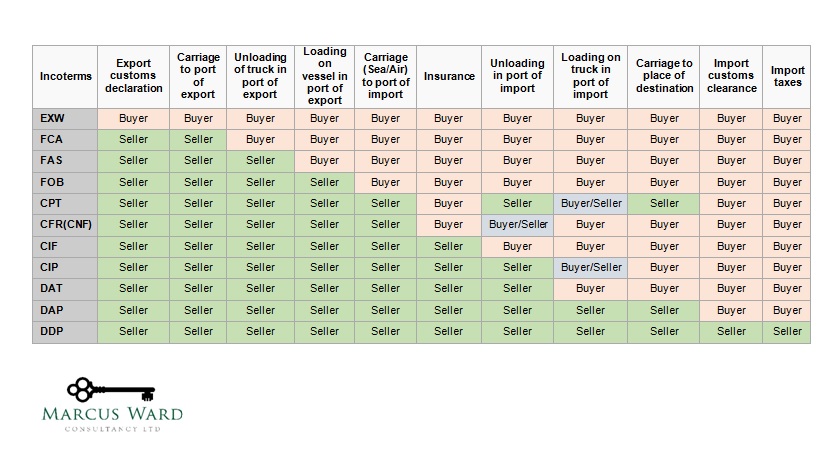Latest from the courts
In the First-Tier Tribunal (FTT) case of Go City Ltd the issue was the VAT treatment of passes (“sightseeing packages”) sold by the appellant. Should they be outside the scope of VAT as multi-purpose vouchers (MPVs) or whether “functioning as a ticket”? The difference being the time of supply (tax point).
The issues
The appellant sells passes which enables the buyer to enter London attractions and travel on certain types of transport. The passes were sold at a price lower than the usual admittance price at the attractions. HMRC originally accepted that the supplies were of “face value vouchers” (MPV – see below) via The VAT Act, Schedule 10A, and latterly Schedule 10B, but later changed its view. It raised assessments for the deemed underdeclarations.
Tax point
The difference in VAT treatment is, essentially:
- Face value vouchers (FVV) that can be used for more than one type of good or service (multi-purpose – “MPV”) – No VAT due when sold (if sold at or below their monetary value).
- FVVs that can only be used for one type of good or service (single-purpose) – VAT due on the value of the voucher when issued.
Moreover, the above means that for single purpose vouchers, VAT is due whether the voucher is actually redeemed or not – there is no way to reduce output tax previously accounted for if the voucher is not used. Whereas for MPVs VAT is only due when they are redeemed. More background on vouchers below.
Contentions
Go City Ltd argued that what was being sold was MPV and output tax was only due when the voucher was redeemed.
HMRC contended that the sale was of a “ticket” (effectively a single purpose voucher) and that output tax was due “up-front”.
Decision
The appeal allowed. The Tribunal concluded that he passes were MPVs and their sale was consequently outside the scope of VAT. No output tax was due at the time they were sold.
The passes were not only outside the scope of VAT because they are MPVs, but also because the supplies take place when the customer uses the pass, and not when it is purchased. The position is essentially the same as in Findmypast and MacDonald Resorts .
Furthermore, the FTT considered the validity of a number of the assessments HMRC issued. These were raised “to protect HMRC’s position” in respect of the alleged underdeclaration of output tax. The court ruled that these assessments were invalid because, at the time they were raised, HMRC did not have a view that the appellant’s returns were incorrect, as a final decision had yet to be made.
Commentary
The correct decision I feel. A long read, but well worth it for interested parties.
Technical background
Face value vouchers
Recent changes, radically alter the UK rules for face value vouchers (FVV). FVVs are vouchers, tokens, stamps (physical or electronic) which entitle the holder to certain goods or services up to the value on the face of the vouchers from the supplier of those goods or services. Examples of FVVs would include vouchers sold by popular group discount websites, vouchers sold by high street retailers, book tokens, stamps and various high street vouchers.
Single or multi-purpose
The most important distinction for FFVs is whether a voucher is a single purpose voucher or multi-purpose voucher. If it is a multi-purpose voucher, then little has changed. If it is a single purpose voucher, however, HMRC will now require output tax to be accounted for at the date it is issued. Single purpose vouchers are vouchers which carry the right to receive only one type of goods or services which are all subject to a single rate of VAT. Multi-purpose vouchers are anything else. The differences can be quite subtle.
For example:
- a voucher which entitles you to download an e-book from one seller will be a single purpose voucher. A voucher which entitles you to purchase books (zero rated) or stationery (standard rated) from the same seller will be multi-purpose.
- a voucher which entitles you to £100 of food at a restaurant which does not sell takeaways is probably single purpose, whereas if the restaurant has a cold salad bar and the buyer can buy a zero-rated take-away with the voucher (and/or standard rated hot food) then it would likely to be multi-purpose.

